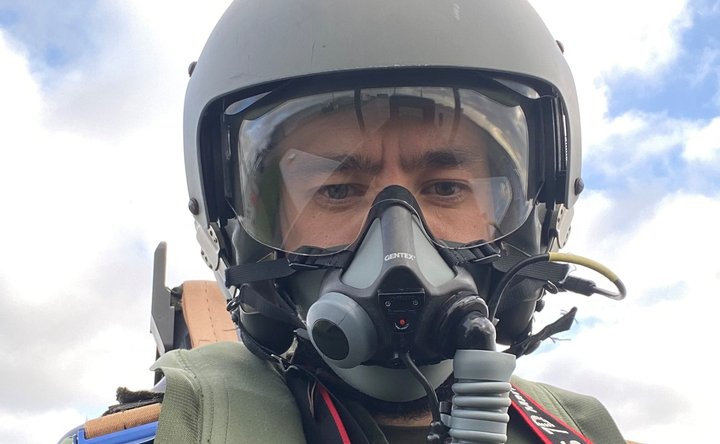British Army’s Archer hits bullseye for capability and procurement
Archer self-propelled artillery is fired by troops from 19th Regiment Royal Artillery, during a live fire during Exercise Dynamic Front, Finland. (Photo: UK MoD/Crown Copyright)
Last month’s first live-fire exercise of the British Army’s Archer artillery system can be seen as a substantial success on several levels even if it occurred under exceptional circumstances as opposed to regular procurement and training.
The system is the army’s new self-propelled long-range fires platform. Rapidly procured to temporarily fill the capability gap created by the donation of the AS90 155mm gun to Ukraine, the first 14 systems are now in service.
Built by BAE Systems Bofors AB, the Swedish subsidiary of BAE Systems, Archer is a 155mm automatic self-propelled artillery system and in British Army service the gun
Already have an account? Log in
Want to keep reading this article?
More from Land Warfare
-
![NATO and Europe step up UGV efforts]()
NATO and Europe step up UGV efforts
The effort to develop uncrewed ground vehicles (UGVs) is heating up with research efforts and exercises improving the speed of the process and the war in Ukraine is working as a proving ground for rapid development and fielding.
-
![Ireland’s Reamda develops new version of Riddler UGV]()
Ireland’s Reamda develops new version of Riddler UGV
The company's Riddler uncrewed ground vehicle (UGV) is designed to be small and light to allow easy deployment and the ability to access smaller areas such as bus or train aisles.
-
![Spain to invest billions of dollars on howitzers and other vehicles as it looks to select new tanks]()
Spain to invest billions of dollars on howitzers and other vehicles as it looks to select new tanks
The Spanish Government has outlined plans to purchase communications and cybersecurity capabilities but most notably amphibious combat vehicles, self-propelled howitzers (SPHs), bridge-laying vehicles and an effort to replace its tanks from 2040.
-
![What does Germany’s new tank joint venture mean for MGCS?]()
What does Germany’s new tank joint venture mean for MGCS?
Germany is Europe’s leading country for tank manufacture and until this month was committed to the Franco-German Main Ground Combat System (MGCS) which included tanks and other vehicles. Earlier this month, Germany and other European countries set up the Main ARmoured Tank of Europe (MARTE) project casting a shadow over the MGCS.
-
![CAVS rolls on as Denmark orders 129 vehicles]()
CAVS rolls on as Denmark orders 129 vehicles
Denmark signed the Technical Arrangement for the multinational Common Armoured Vehicle System (CAVS) in April this year. The order means the country will receive its first vehicle this year.
























